My answer to Peter’s latest post: women in India
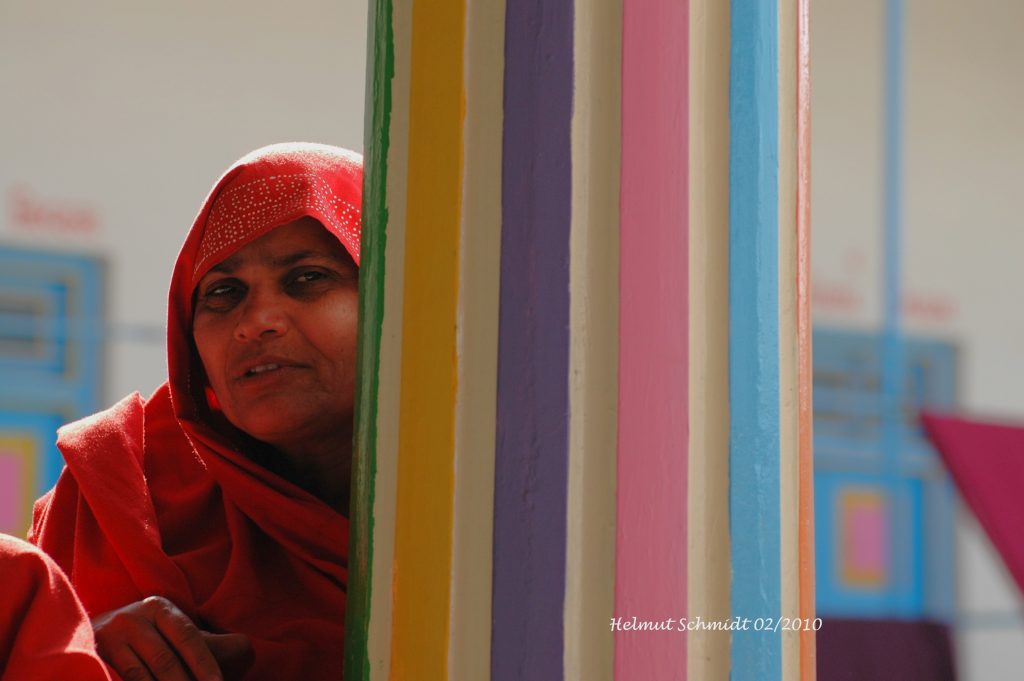
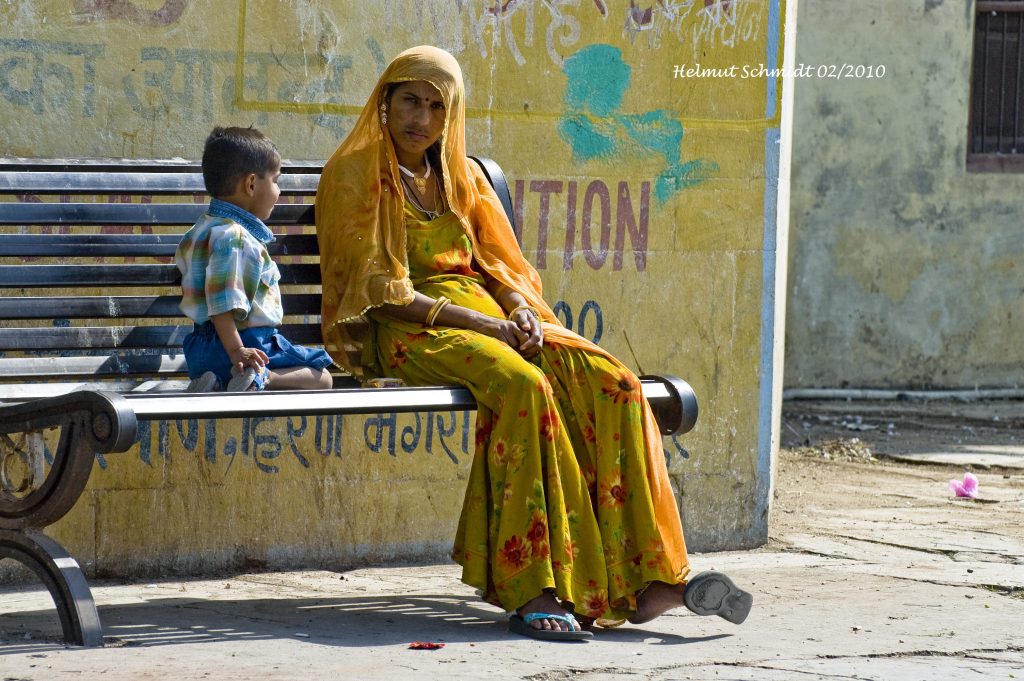
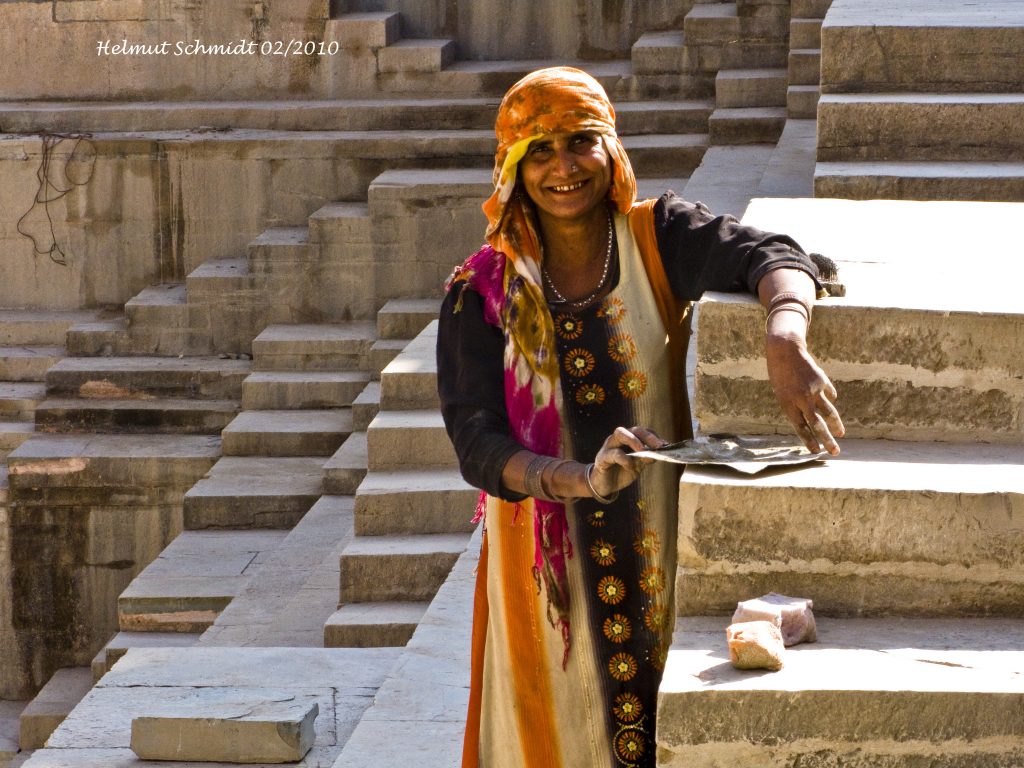
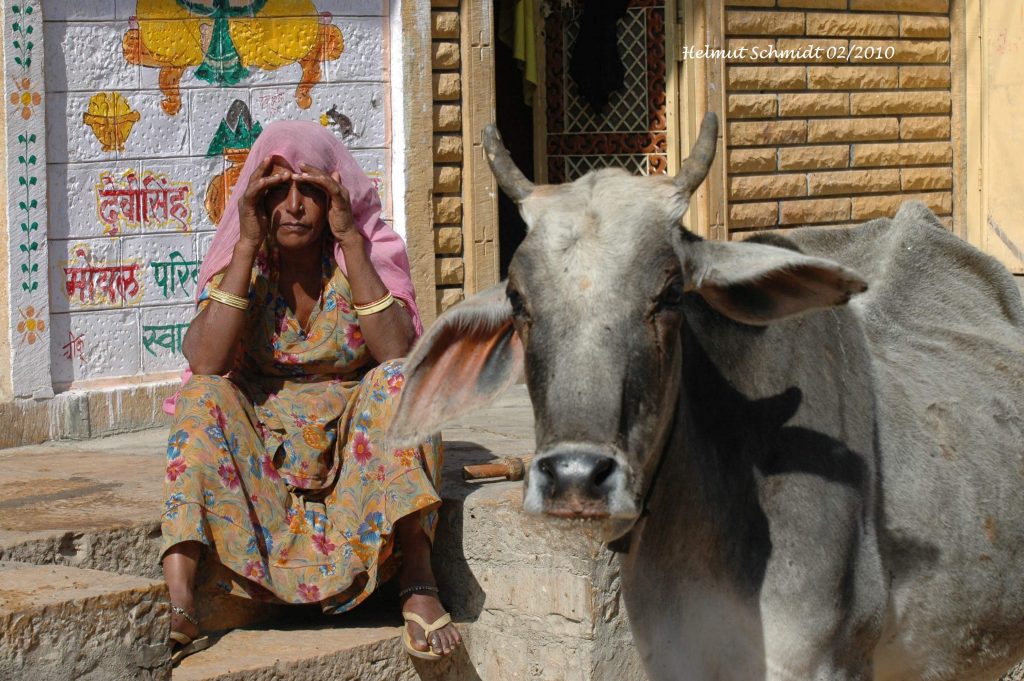
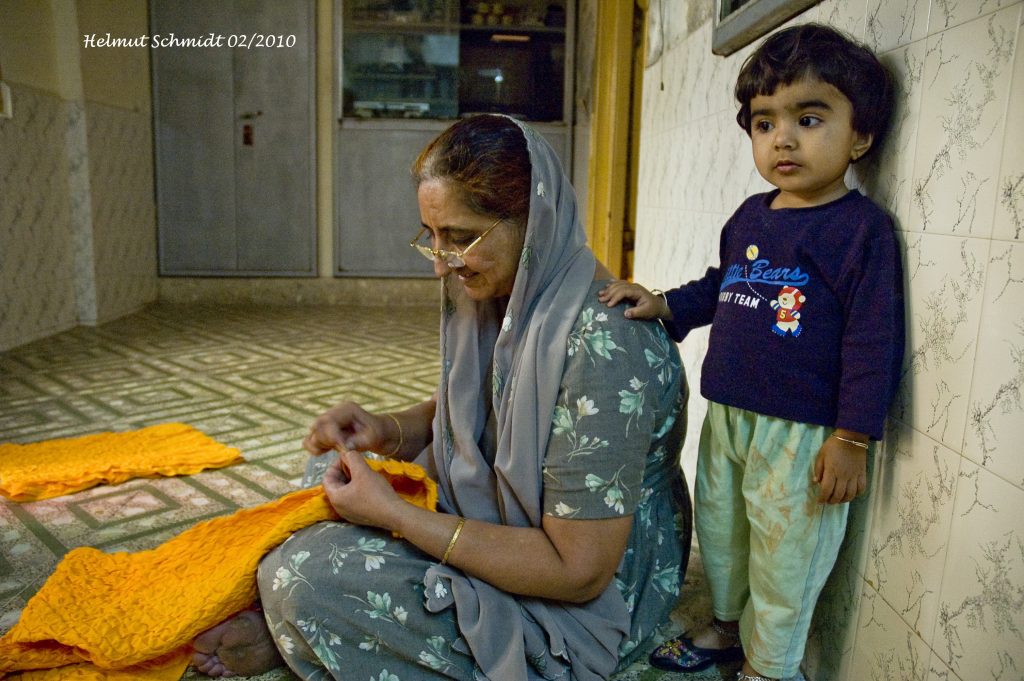
Photos are meant to be shared
The American photographer Walker Evans became famous for his work with the farm security authority during the great depression and for portraying the industrial neighborhoods around the steel and mining industry in Alabama, Pennsylvania and West Virginia. Since he worked for the government many of his photos became part of the public domain and everybody can download and use them for free. Correspondingly large is the number of artists who use it for their own projects. Museum Helmond presents a juxtaposition of Evans’ photographs with works inspired by them.
Here is one of my attempts: nature takes it all back
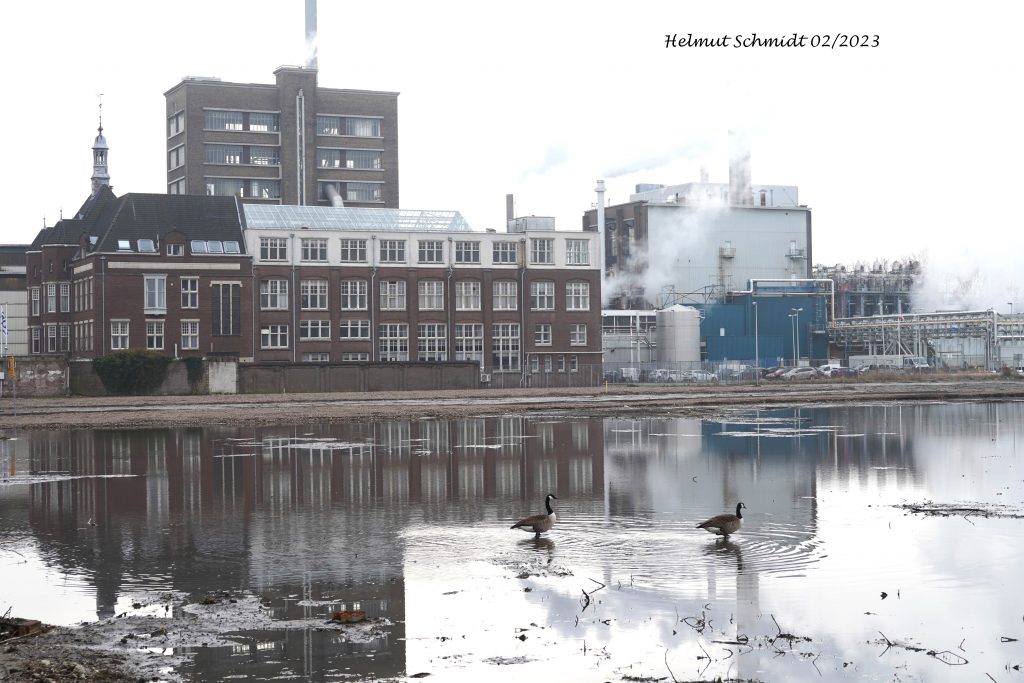
I had a lot of inspiration from the discussion we had in the short lived photo book club. We were talking about pictures in the Wim Wenders’ book “Einmal” (Once). Wenders is a famous movie director – I assume many of the photos were taken while scouting for moving locations. Main aspects for the selection are dilapidation, ruin and desertion. We were discussing aspects of the composition of the photos. Wenders is not afraid of empty spaces in his pictures. Many are structured by straight lines from roads, edges of buildings. Fragments of cars, buildings, rails or signs give hints to what is happening outside the obvious. Parts of the pictures are out of focus. Masts are included to give significance to disruptive elements, well known sights are disfigured by objects which normally do not show up in tourists shots.
I went into the most unattractive parts of town and tried to take pictures following these instructions. Each picture has a spot for the actors.
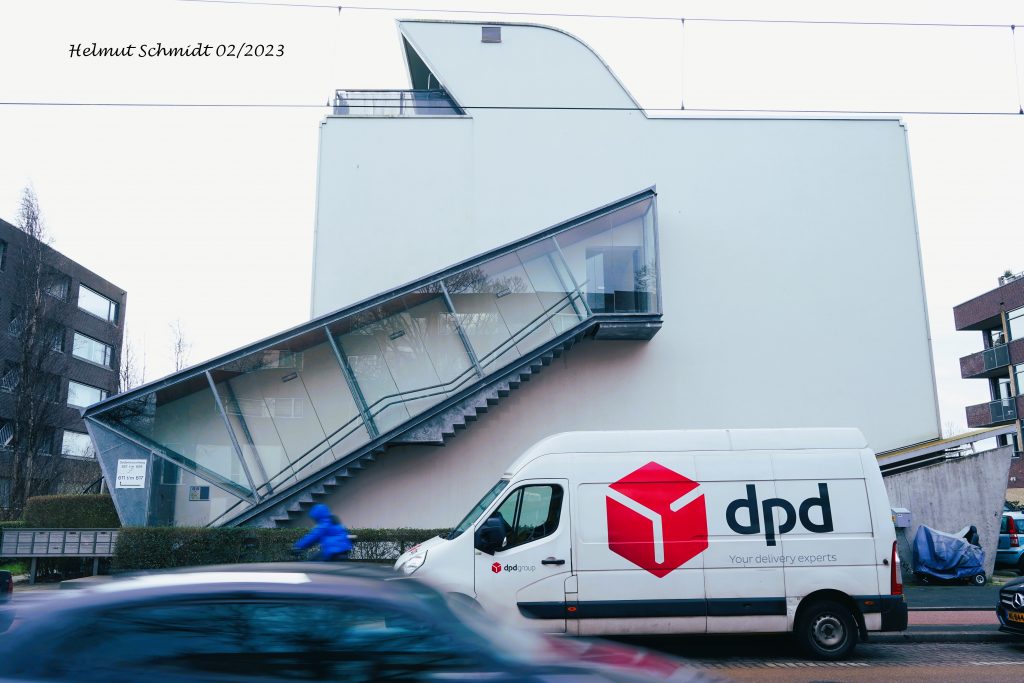
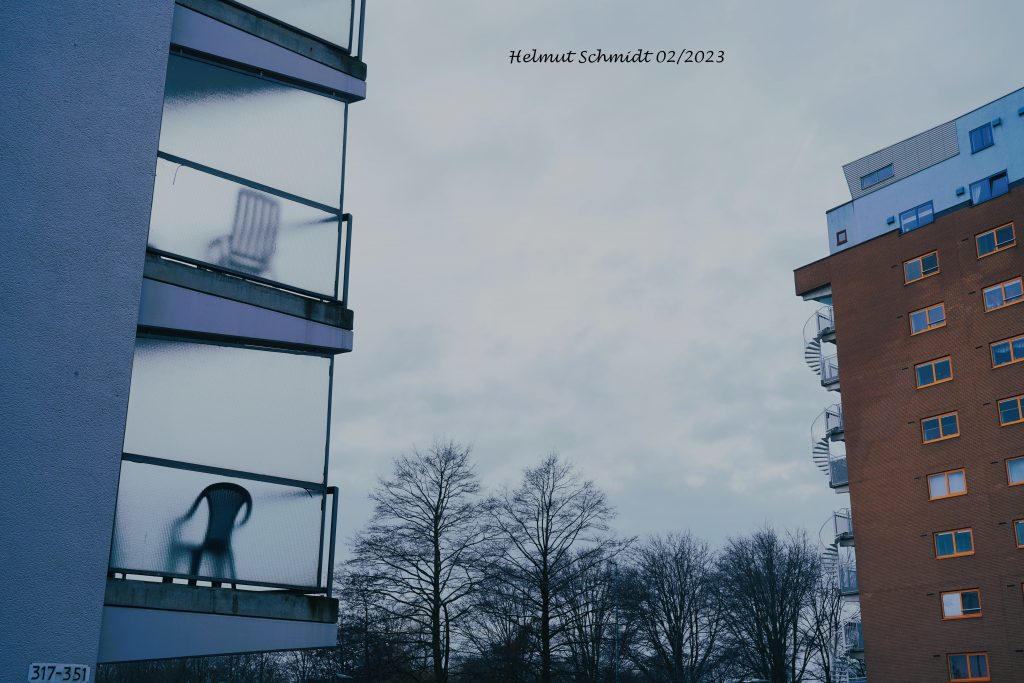
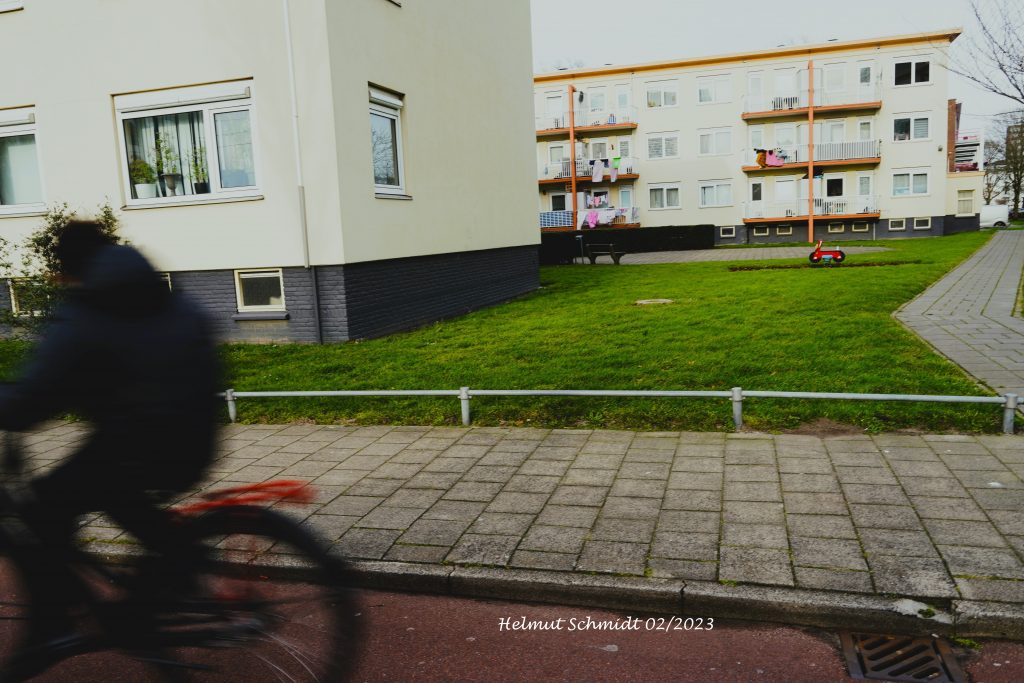
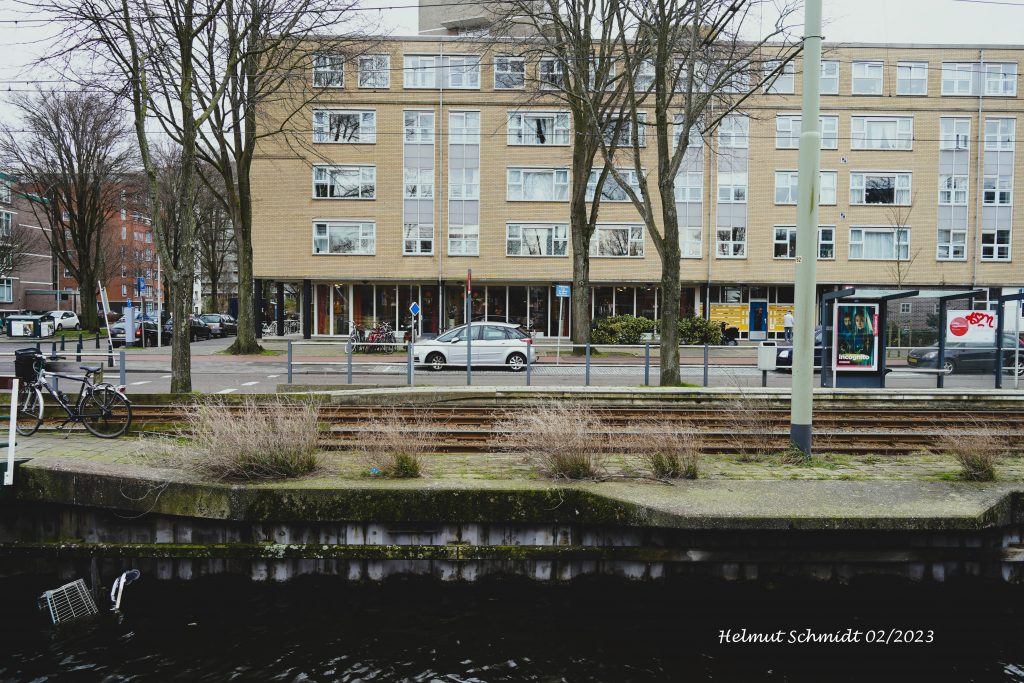
Since most of the Netherlands are below sea level an intricate system of dykes, locks and barriers is necessary to prevent flooding. To test the installations an open air laboratory was created. Scale models of coastal fortifications, ports and shorelines were tested with machines constructed to create flood waves and coastal currents. The laboratory was not only used to test layouts for Dutch building projects but also for foreign clients. That way tests for the ports in Bangkok, Thyboran or Lybia were carried out. For years the facilities decayed and were recovered by the surrounding forest. Today it is a national monument and the most important devices are restored.
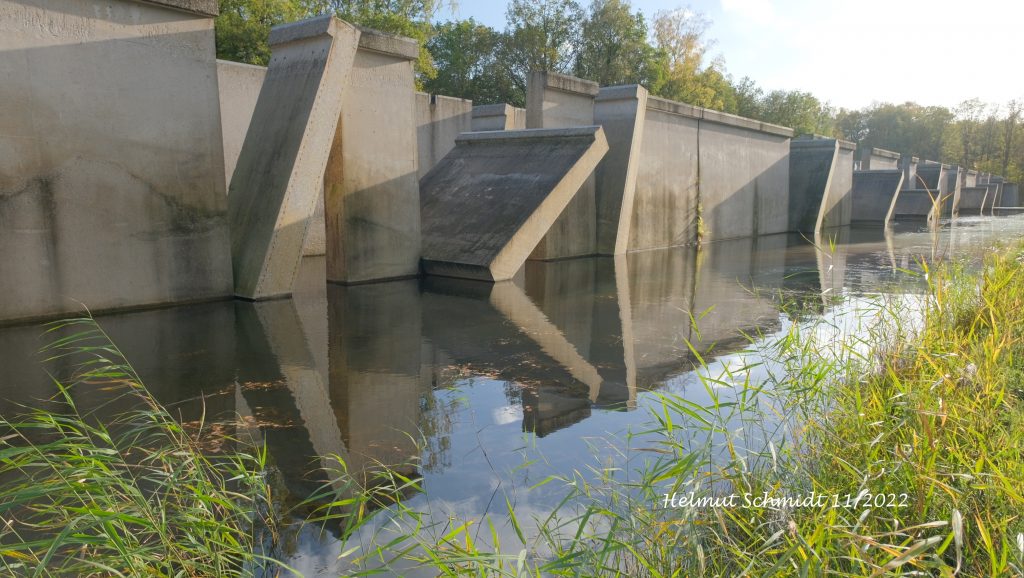
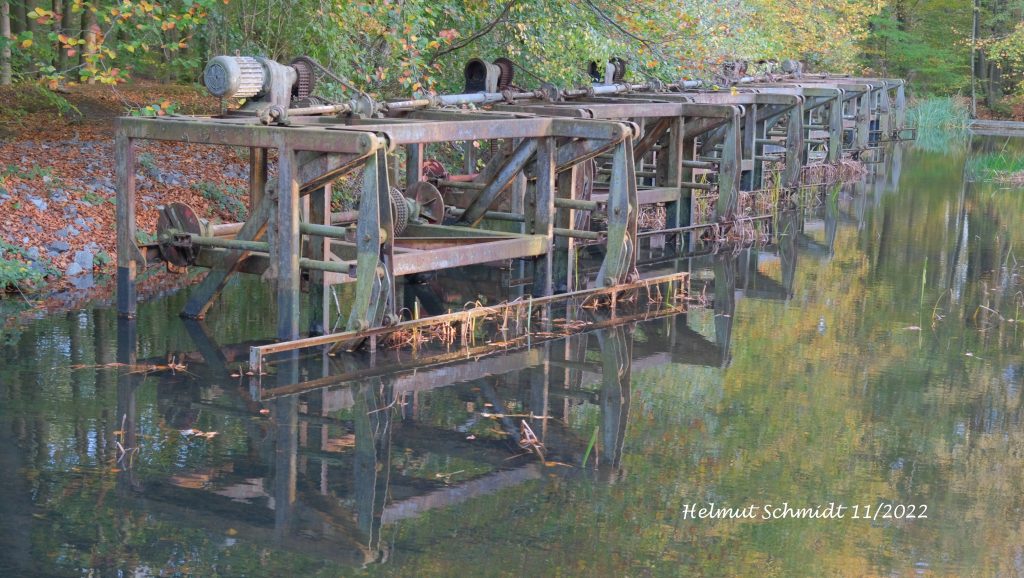
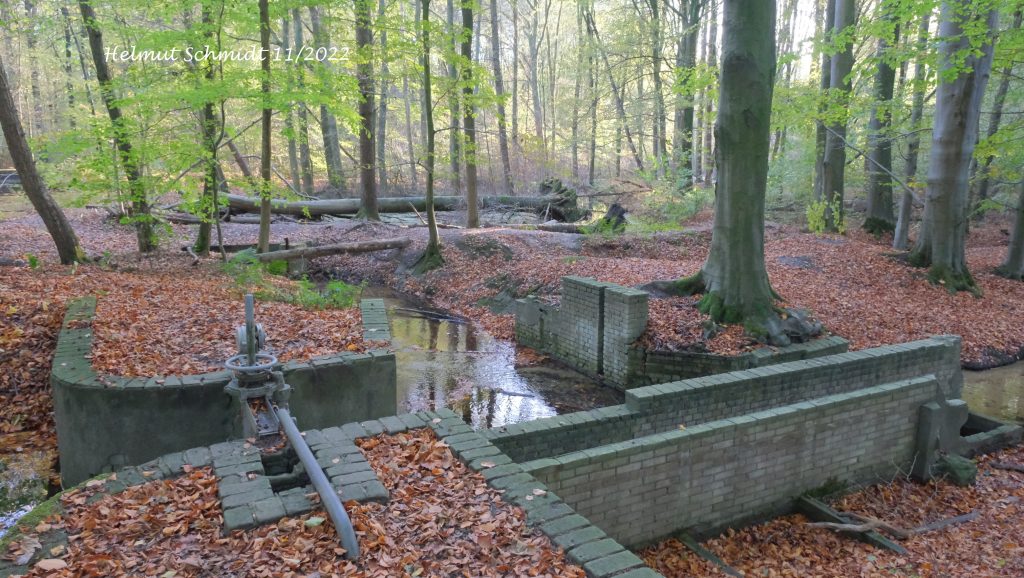
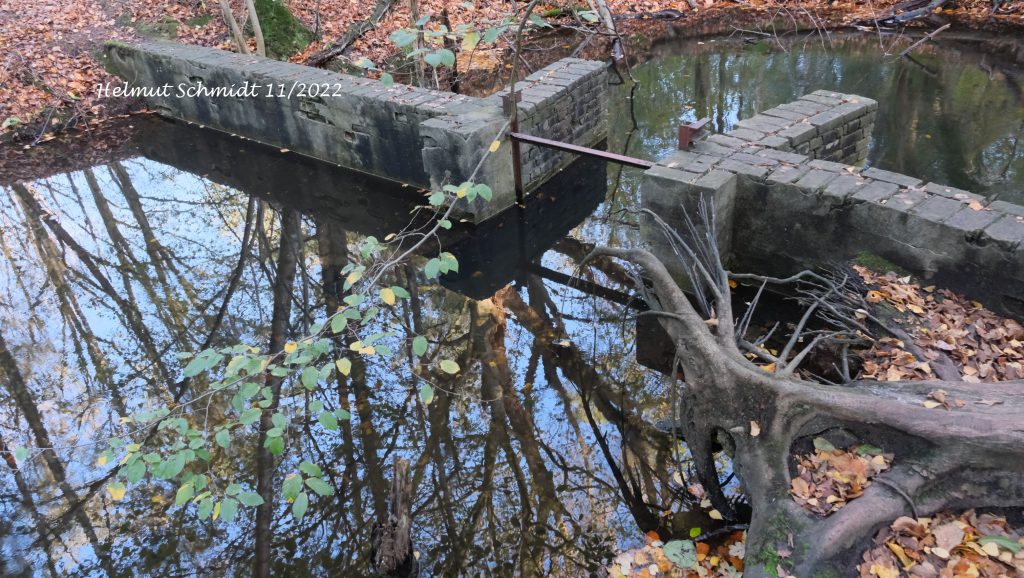
Giethoorn is called the Venice of the Netherlands. If so, it is a very rural Venice. Old Farmhouses line the canal, which serves as Main street. Most are used as accomodation for tourists. In summer the canals are filled with excursion boats and the foot paths with lightly dressed tourists. In winter everything is closed. The local band “de flagellanten” play in the last pub which stays open, and the only open hotel has plenty of space. On a nice November day this is the time to come here.
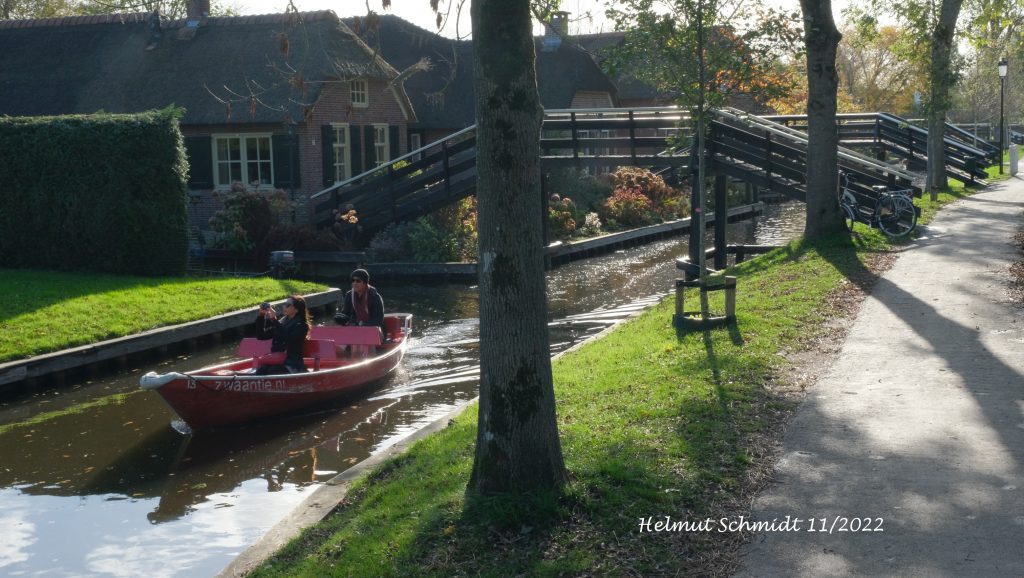
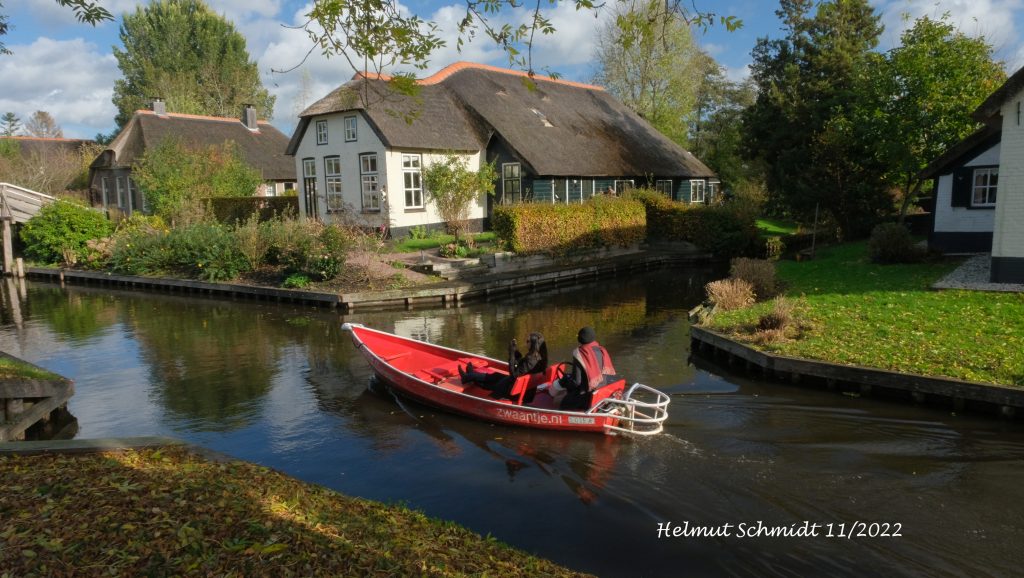

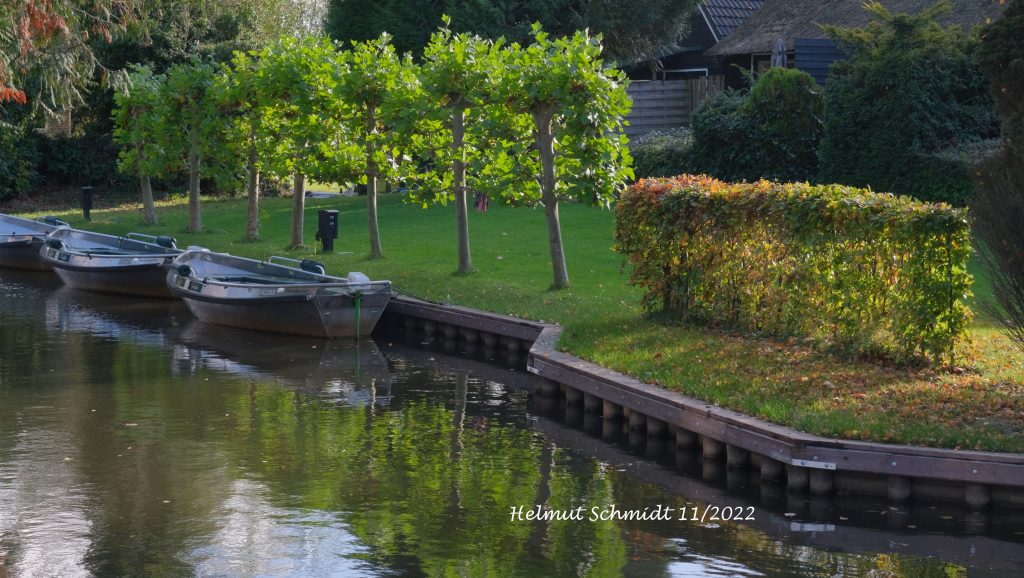
The second week of January brought an exceptional amount of rain to the Netherlands. Railways had to shut down and motorways were blocked, basements ended up filled with water. Saturday, January 14th did not see a dry minute. I tried to capture the atmosphere at one of the saturday markets. Lack of light and foggy lenses are a challenge.
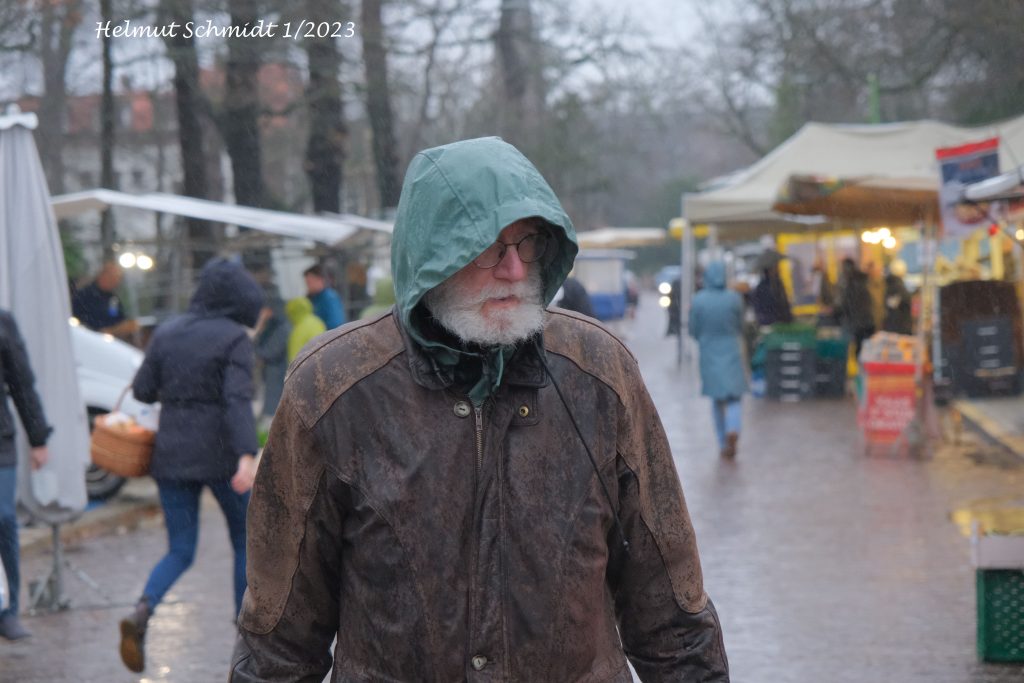
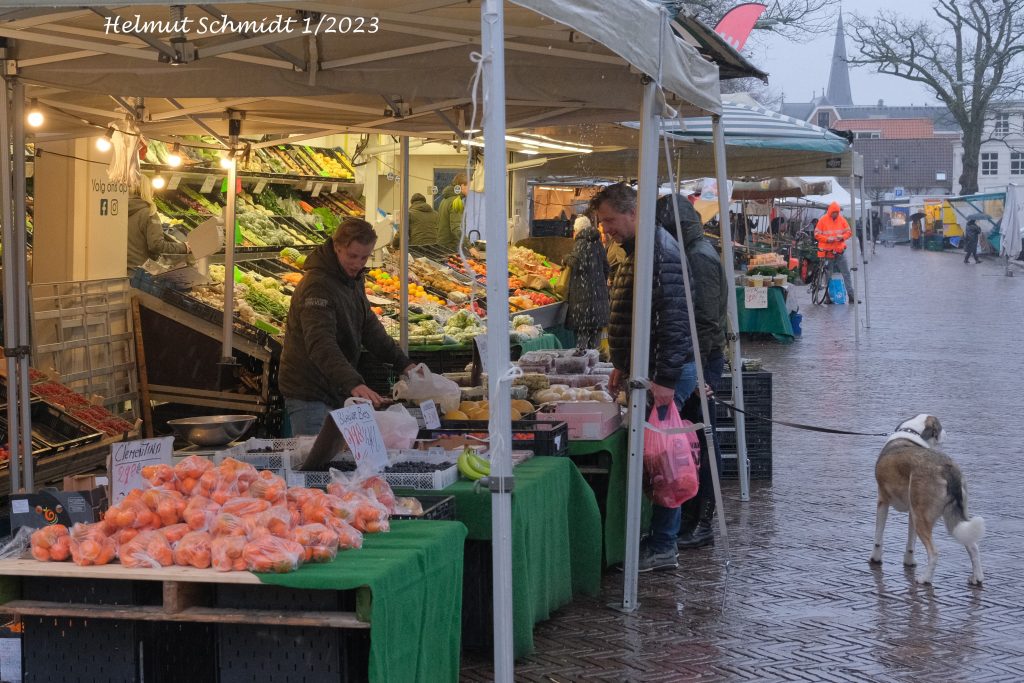
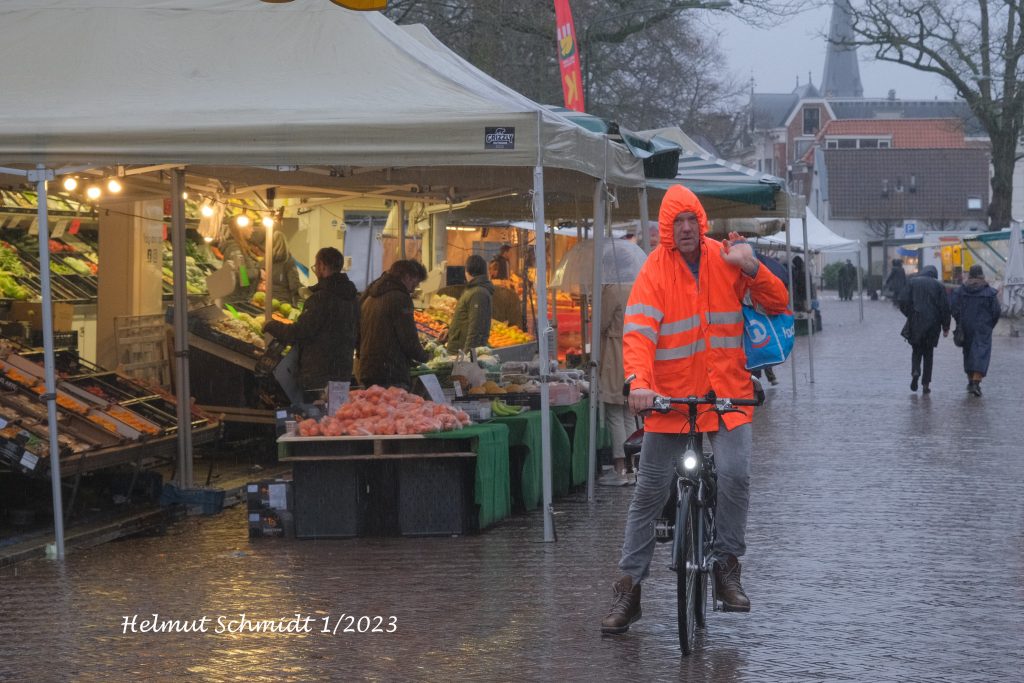
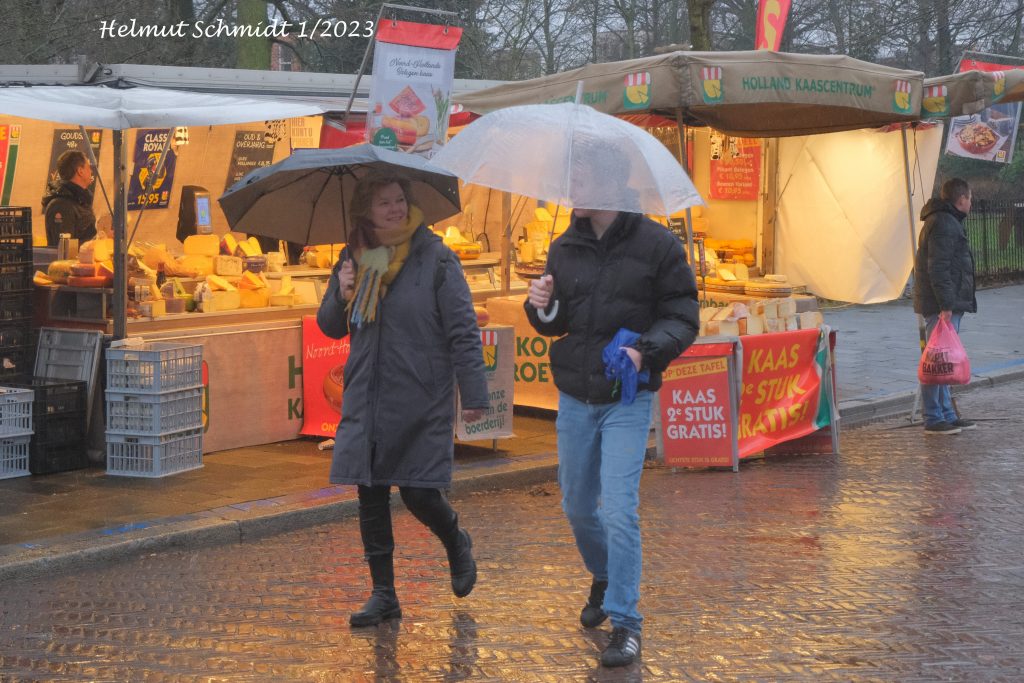
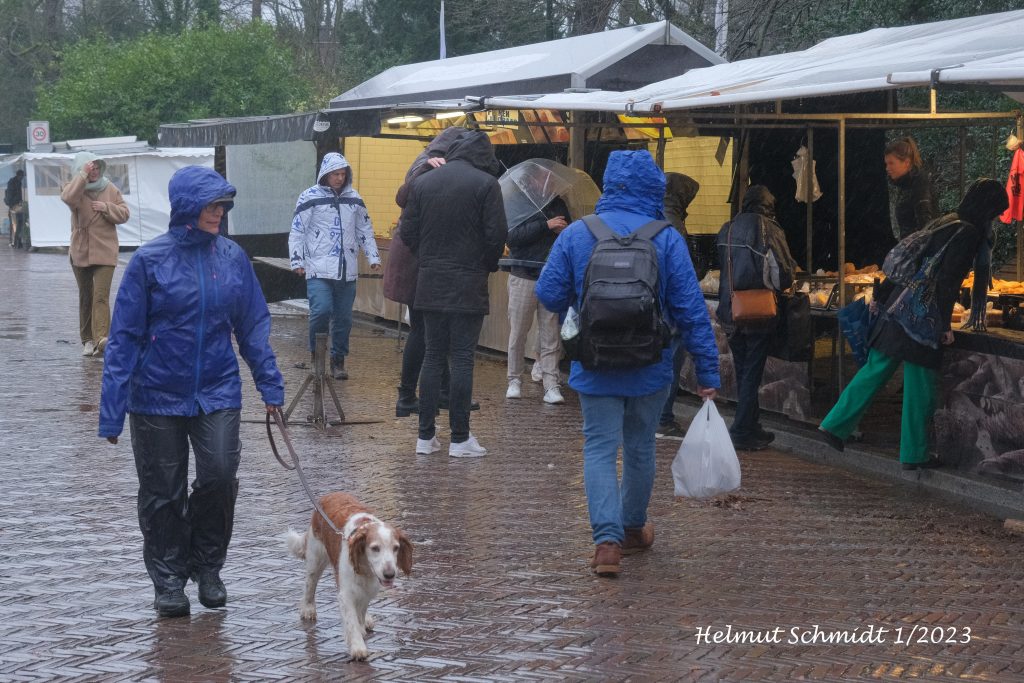
While spending his nights roaming the backstreets of Paris as a teenager, JR realized that his skills were insufficient to become a graffiti artist. After he found a cheap camera in the metro he started taking photos, which he printed and glued to the walls of Paris. To mark these spots for the time after the paper of the photos had disappeard he surrounded them with a frame of red spraypaint. These highly illegal activities became sanctioned after he drew the attention of then President of France, Hollande. Today his art projects and installations have extended to all continents and he lives in New York. The Kunsthalle in Munich organised a fascinating exhibition.
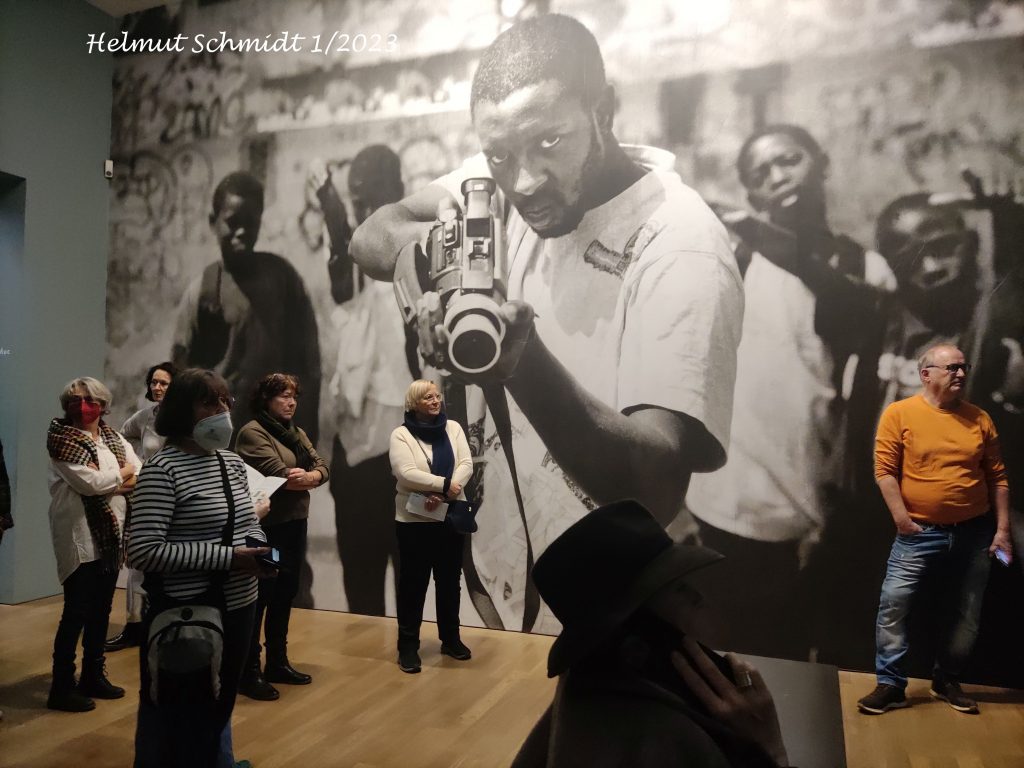
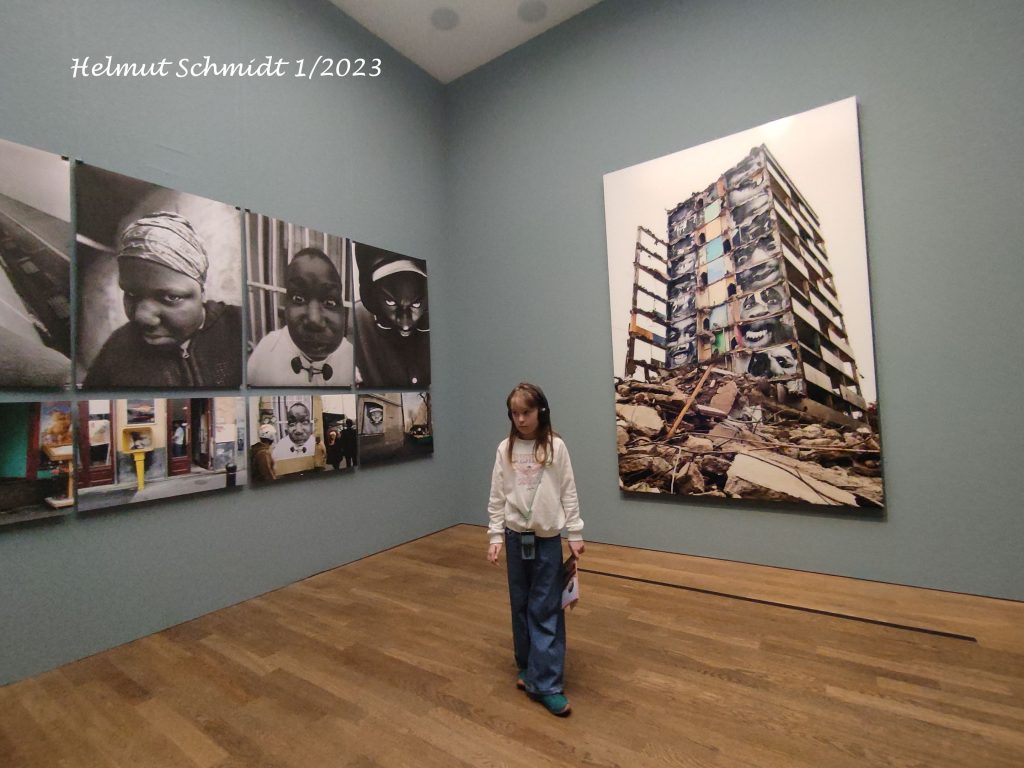
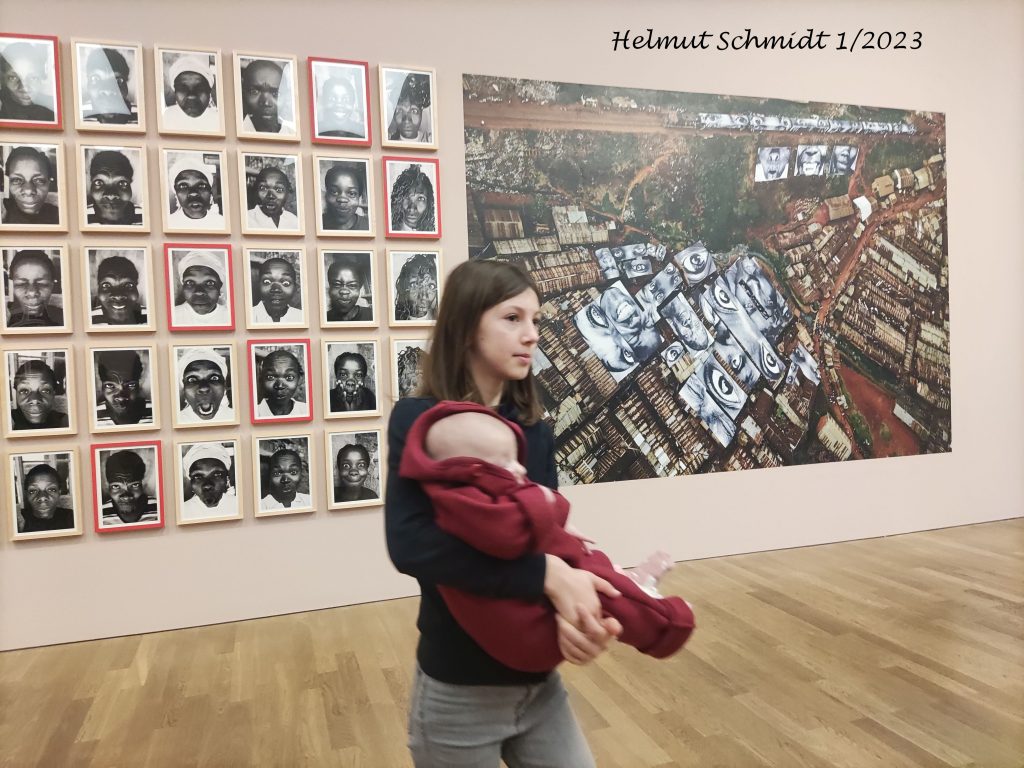
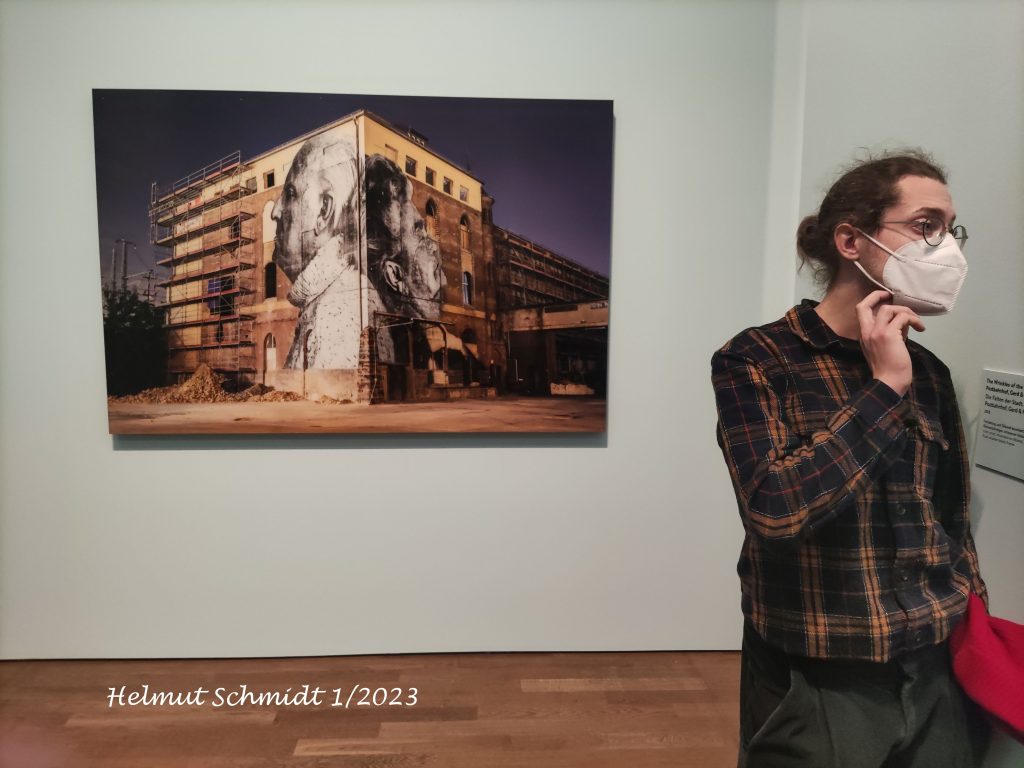
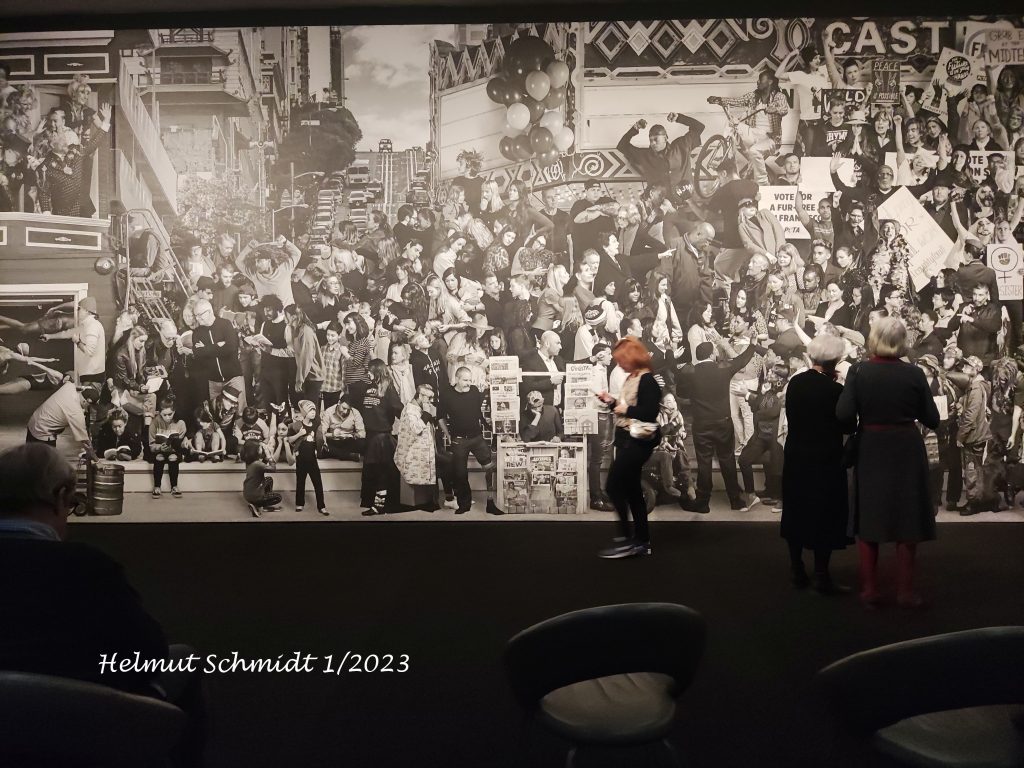
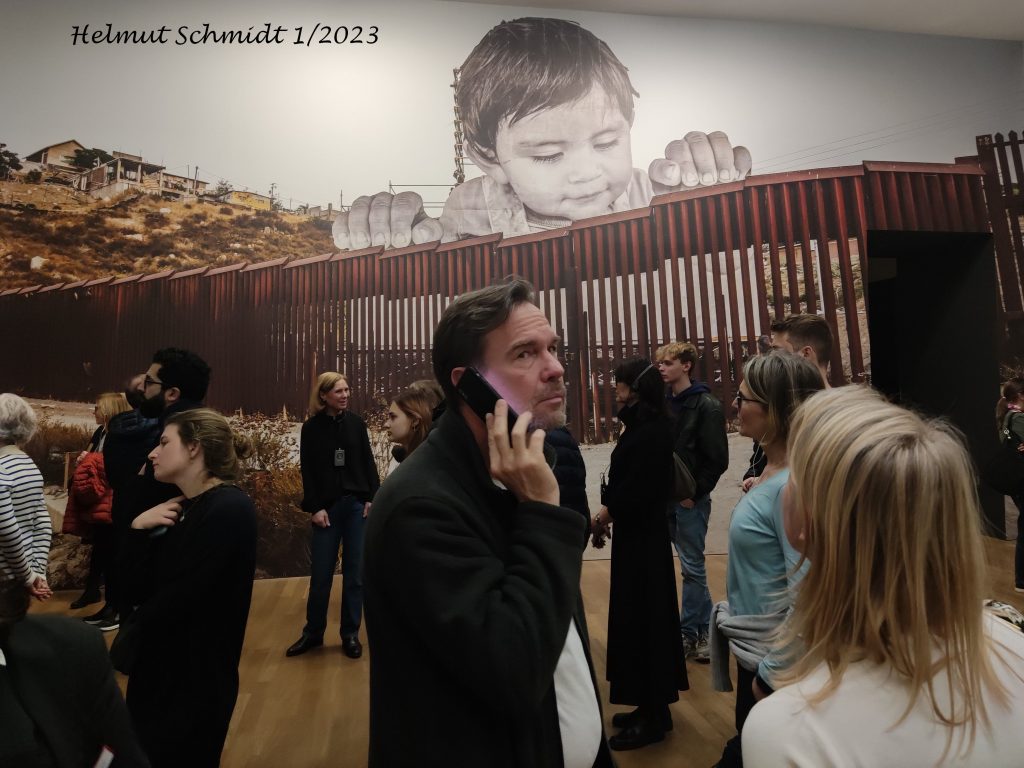
“The essence of photography is to immortalize faces” JR